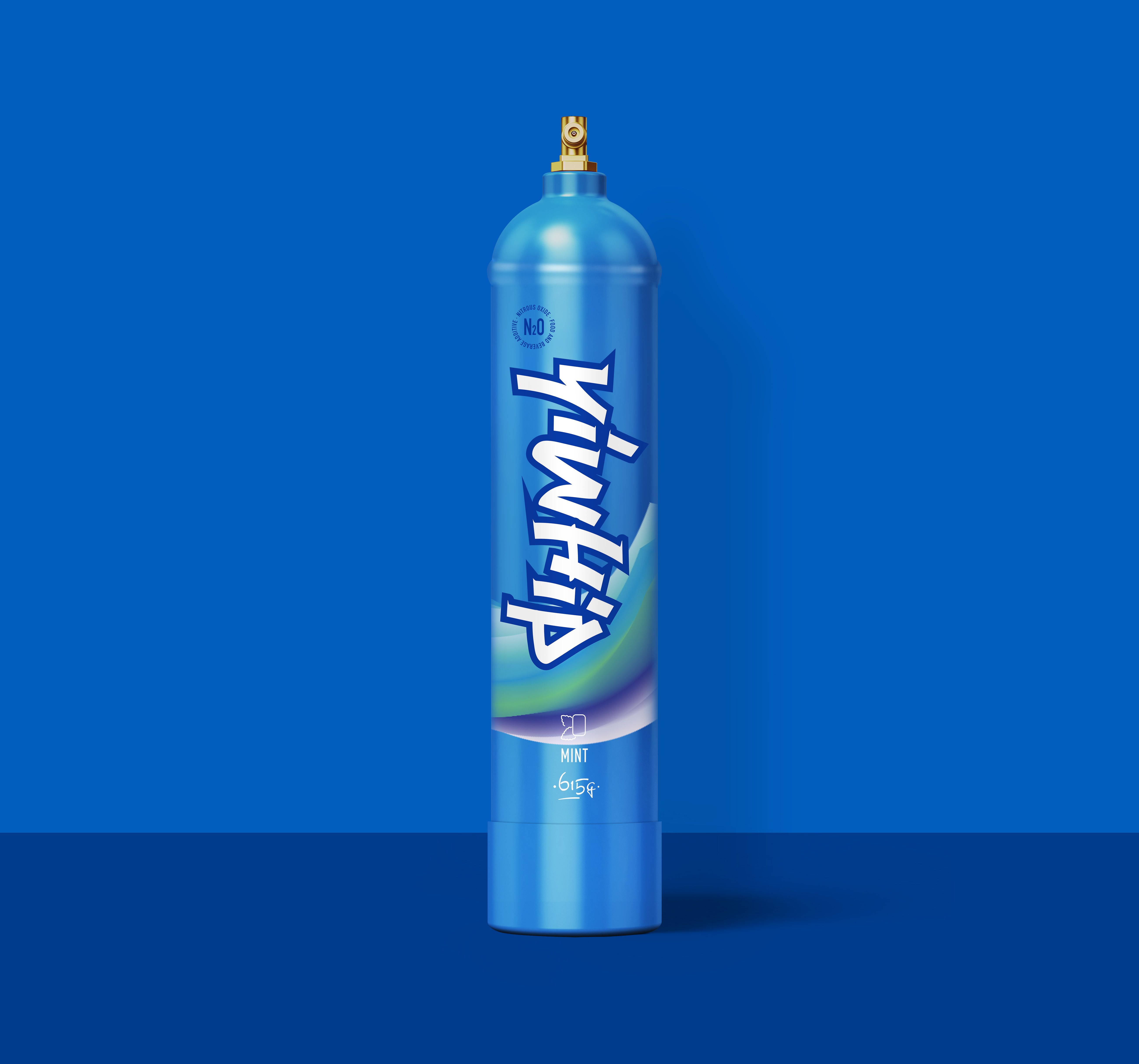The Explosive Popularity of Disposable Whipped Cream Dispensers in the U.S. Market
It's not uncommon to walk into a fast-casual café or even a gas station coffee counter these days and be greeted by the creamy swirl of pre-whipped goodness from a **disposable whipped cream dispenser**. But what’s truly fascinating is just how deeply this once-overlooked product has ingrained itself into the American food landscape.
Built for efficiency and convenience, these **single-use whipped cream dispensers** have become more than just novelty items in kitchens—they're shaping up as must-have equipment in cafes, ice cream shops, and even specialty dessert pop-ups across urban neighborhoods nationwide. The trend isn’t showing signs of slowing down; rather, it seems like this lightweight alternative is gaining serious traction, not just in professional settings, but at backyard gatherings, parties, and weddings, where hosts crave the luxury touch without cleanup drama.
So why the sharp rise in demand for such niche tools? To understand that, we have to explore how they've filled both practical and experiential needs in today's ever-evolving U.S. food service industry.
Rising Consumer Demand Drives the Shift
Coffee culture plays a massive role here, especially in a nation obsessed with caffeine and customized treats. From flavored cappuccinos in Seattle bakeries to sweetened iced matcha lattes on Miami patios—**disposable whipped cream cans** make presentation easy, texture consistent, and barista workload significantly lower.
Additionally, post-pandemic consumer behavior reflects a growing craving for indulgence through simple, recognizable pleasures. Think: comfort desserts topped with soft peaks straight out of a pressable can—**effortless decadence**, available in seconds, no frothing required.
This behavioral shift also explains the increase in retail sales of home use units across major supermarket chains such as Walmart, Kroger, and Whole Foods—a subtle but crucial point revealing the product’s mainstream reach.
Economical Efficiency for Businesses
For small business operators who run tight margin models like food trucks, weekend farmer's market vendors, and mobile bakeshops popping up during music festivals—cost control matters a lot more than brand loyalty when outfitting a startup setup.
In contrast with reusable whipped cream dispensers—which often involve ongoing maintenance, replacement valves, pressure checks, cleaning agents—using disposable variants reduces operational costs significantly.
No more charging nitrous oxide chargers (**N₂O siphons**) separately.
No additional labor costs tied to cleaning nozzles or refilling after rush hour.
These cost-saving advantages add up quickly—particularly valuable for entrepreneurs managing fluctuating footfall across cities like Chicago, Houston, or Denver during unpredictable weather seasons.
Product Accessibility Accelerates Adoption
Demand means nothing without distribution—and that’s precisely what happened over the past few years.
Major suppliers of **food-grade aerosol cans**, like Chantilly Food Service Inc., Nalley North, Inc., and others operating primarily within California, Texas, Florida, and Illinois supply chains, are now delivering thousands per shipment across the nation’s largest independent restaurant groups. Distributors such as Restaurant Depot offer bulk deals with discounts for catering companies using them seasonally.
This ease of procurement, coupled with standardized sizes (14oz being the most commonly used format) helps maintain consistency, which further incentivizes repeat purchasing cycles—an absolute win in B2B commerce strategy terms.
The Role of Innovation and Sustainability Debate
Naturally, any product experiencing exponential popularity will eventually attract questions related to sustainability and health standards.
Sustainable concerns include the disposal rates of these cans and whether or not recycling infrastructure across the U.S.—with significant variability depending on region—are equipped to handle such aluminum-coated products effectively. While many of the top brands claim their containers comply with FDA and recyclable material regulations in 90%+ of U.S states, some eco-watchdogs have raised alarms.
Moving forward, we expect innovation in the segment. New players are working toward fully compostable biodegradable alternatives. In addition, plant-based whipped options—featuring almond milk cream, organic coconut creams in canned formats—are making headway in specialty markets and could further redefine category appeal.
Pro Tip: Operators interested in staying ahead should pay attention to new product launches that address both convenience and sustainability concerns.
Conclusion
What may seem like an unremarkable tool at first glance is rapidly transforming the foodservice sector—one spray at a time. **Disposable whipped cream dispensers** are reshaping expectations across customer experience, preparation speed, back-of-house costs, and retail visibility across both mainstream restaurants and casual gathering spots. As trends evolve globally, this shift could easily spill over beyond the United States' borders—including reaching Mexican audiences increasingly curious about premium yet practical culinary gadgets.
In conclusion:
- The convenience-driven surge behind **pre-filled cream dispenses** continues growing annually.
- They are proving invaluable to startups, catering outfits, event hosts, and microbreweries wanting high-end flair without extra labor overheads.
- There remains potential in developing sustainable variations—both environmentally friendly and nutritionally adapted.
- Beyond utility gains—what we see here is the evolution of aesthetics, indulgence made immediate, and automation at its creative finest—all tucked within something we’ve taken for granted until recently: foam atop your morning mocha. So maybe the rise isn't so surprising after all.

